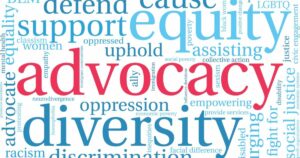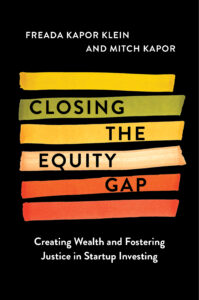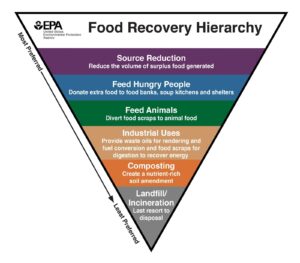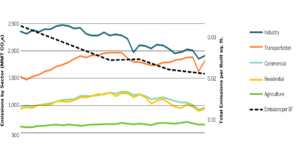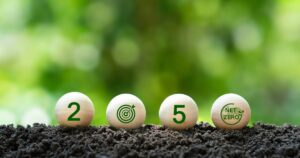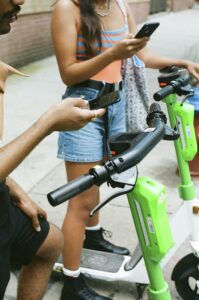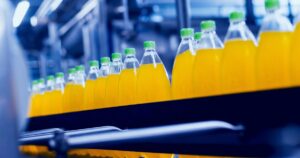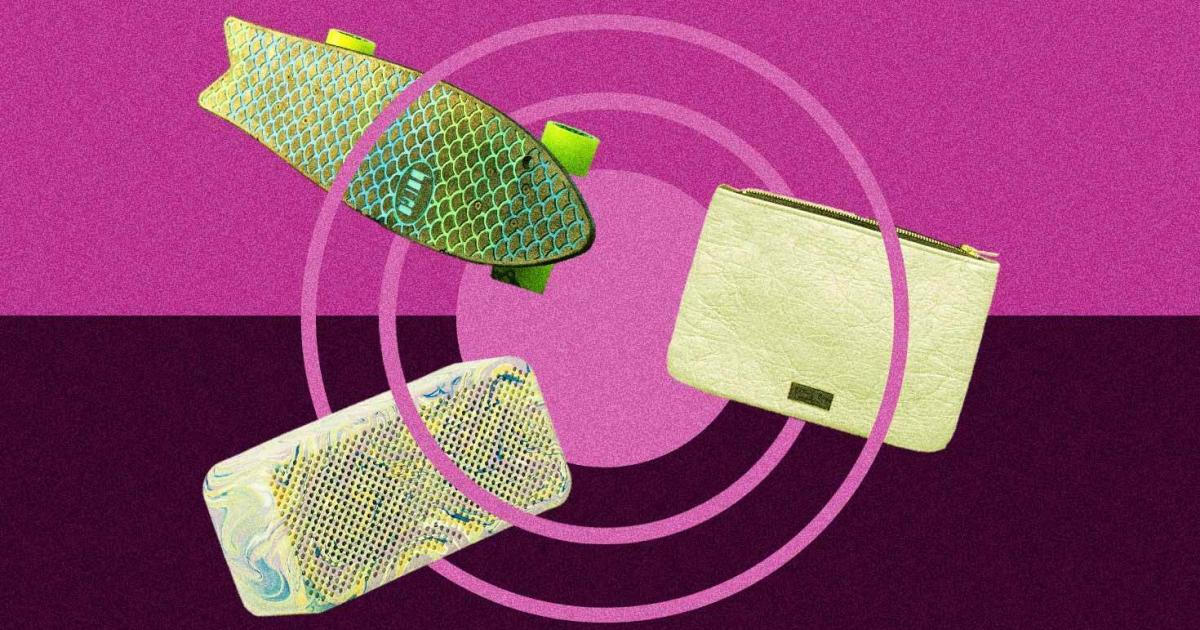
Upcycling is a technical term, rare in practice, and one which many experts don’t consider truly circular. It refers to the conversion of "waste" materials into something of equal or greater value but it’s not a closed loop strategy where materials cycle continuously into a new product without degradation in the material’s original quality or properties.
Upcycling also risks strengthening the market for waste. For example, capturing and creating value from plastic waste by producing T-shirts from recycled plastic bottles may reduce pressure on plastic producers to cut production.
However, when we zoom out, upcycling at scale is synonymous with resourcefulness, matching waste streams to new uses. In 2016, visionary Walter Stahel said the circular economy "would turn goods that are at the end of their service life into resources for others, closing loops in industrial ecosystems and minimizing waste."
To move past our entrenched linear economic system, we don’t have the privilege to pursue only the most robust, closed-loop business models. While we must urgently reduce waste, in the interim, companies finding new uses for waste can have important impacts without perfectly closing the material loop.
Although I consider the term "upcycling" overused and ready to be retired, some innovators deserve acknowledgement as resourceful advocates for the circular economy, addressing challenges with tools and ingenuity to create something more positive. Here are three exciting, resourceful companies generating both environmental and social impact.
Ananas Anam: Pineapple leaves to vegan leather
Ananas Anam is a Philippine-based company that produces plant-based leather called Piñatex from pineapple leaves. By weight, pineapple production creates three times as much leaf waste as edible fruit. The leaves are often burned or landfilled, although some pineapple producers compost or turn them into animal feed. After pineapples are harvested, Ananas Anam collects the leaves and extracts, washes and dries their long fibers, which it ultimately brings together in a ratio of 80 percent to 20 percent corn-based plastic polylactic acid (PLA).
In addition to providing a creative and intelligent use of a waste stream with applications from fashion to furnishings, this natural fiber serves as a substitute to traditional leather, whose processing is linked to deforestation, human health problems and biodiversity loss.
Gomi: Plastic bags to portable speakers
The British design studio Gomi impresses not only for its resourceful use of materials but for its conscious circular design philosophy. The company sells portable speakers, each made from the equivalent of 44 “non-recyclable” plastic bags.
Given that many flexible plastics are “non-recyclable” in the UK, Gomi turns true waste into value. Ideally, the production of “non-recyclable” materials would be close to zero, but for the time being, this practice diverts material from landfills or incinerators.
The studio also repurposes retired lithium batteries from Lime e-bikes. For many e-bike companies, refurbishing lithium batteries is more expensive than buying new. Retired batteries that no longer hold enough charge to power an e-bike may still contain lithium cells (e-bikes typically have 40 to 60 of them) that can power a smaller device. Gomi removes the lithium cells from e-bike battery packs, cleans and re-tests them for use in Gomi speakers. This keeps toxic materials out of landfills and Gomi steers clear of the myriad environmental and social issues associated with mining for critical minerals.
Bureo: Fishing nets to skateboards
Southern California-based Bureo handles a particularly problematic waste, fishing nets. “Abandoned, lost and discarded fishing gear is the deadliest form of marine plastic,” according to the UN Environment Programme. This “ghost gear” is made of synthetic fibers like nylon, high density polyethylene (HDPE), or polyethylene terephthalate (PET), none of which biodegrade. The litter continues to function as nets, entangling an estimated 650,000 marine creatures per year. These nets and the microfibers they shed have a cascade of impacts on the marine food chain and ecosystem services.
Bureo says it has collected 10 million pounds of fishing nets from South American coastal communities. After processing the nets into new material called NetPlus, the company makes skateboards, t-shirts and other products. Bureo also provides this source material for partner brands for use in Patagonia clothing, Jenga blocks, Trek water bottle cages and Costa sunglasses. Bureo pays fisheries a premium for its retired nets and employs local community members to sort, cut and clean the nets before they reach a recycling center in Chile. Between the collection of nets, the financial incentives Bureo provides in fishing communities, and the educational outreach programs it leads, the company strives to maximize both social and environmental impact.
Although experts are split on whether upcycling is truly a circular strategy, we can’t pursue an all-or-nothing approach, advancing only strategies in line with a theoretically perfect, closed-loop circular economy. We should use the term upcycling with discretion, but resourcefulness should always be a part of the conversation.
- SEO Powered Content & PR Distribution. Get Amplified Today.
- PlatoData.Network Vertical Generative Ai. Empower Yourself. Access Here.
- PlatoAiStream. Web3 Intelligence. Knowledge Amplified. Access Here.
- PlatoESG. Carbon, CleanTech, Energy, Environment, Solar, Waste Management. Access Here.
- PlatoHealth. Biotech and Clinical Trials Intelligence. Access Here.
- Source: https://www.greenbiz.com/article/these-3-companies-turn-waste-leather-speakers-skateboards
- :has
- :is
- :not
- :where
- $10 million
- 000
- 10
- 20
- 2016
- 40
- 60
- 80
- a
- According
- addition
- addressing
- advancing
- advocates
- After
- also
- Although
- always
- American
- an
- and
- animal
- applications
- approach
- ARE
- AS
- associated
- At
- bags
- batteries
- battery
- BE
- before
- being
- between
- Blocks
- both
- brands
- Brings
- British
- burned
- business
- but
- Buying
- by
- cages
- called
- CAN
- Capturing
- cascade
- Cells
- Center
- chain
- challenges
- charge
- Chile
- circular economy
- clean
- clear
- Close
- closed
- closing
- Clothing
- coastal
- collection
- collects
- Communities
- community
- Companies
- company
- conscious
- Consider
- contain
- continues
- continuously
- Conversation
- Conversion
- costa
- create
- Creating
- Creating Value
- Creative
- creatures
- critical
- Cut
- cycle
- deforestation
- density
- deserve
- Design
- device
- discretion
- Dont
- each
- Economic
- economic system
- economy
- ecosystem
- Ecosystems
- edible
- educational
- employs
- end
- enough
- entrenched
- Environment
- environmental
- equal
- Equivalent
- estimated
- example
- exciting
- expensive
- experts
- Extracts
- Fashion
- fibers
- financial
- finding
- Fishing
- flexible
- food
- For
- form
- from
- function
- Gear
- generating
- goods
- greater
- Handles
- Have
- Health
- here
- High
- hold
- http
- HTTPS
- human
- i
- ideally
- Impact
- Impacts
- important
- in
- Incentives
- industrial
- ingenuity
- innovators
- Intelligent
- interim
- into
- issues
- IT
- ITS
- Leads
- Life
- like
- Lime
- Line
- linked
- lithium
- local
- Long
- longer
- loss
- lost
- made
- MAKES
- many
- Marine
- Market
- matching
- material
- materials
- Maximize
- May..
- Members
- million
- minerals
- minimizing
- Mining
- models
- more
- most
- move
- much
- must
- myriad
- Natural
- Nature
- Nets
- New
- new product
- no
- None
- of
- often
- on
- ONE
- only
- or
- original
- Other
- Others
- our
- out
- outreach
- Packs
- part
- particularly
- partner
- past
- Patagonia
- pays
- per
- percent
- perfect
- perfectly
- pet
- philosophy
- plastic
- plastics
- plato
- Plato Data Intelligence
- PlatoData
- portable
- positive
- pounds
- power
- practice
- Premium
- pressure
- privilege
- problems
- processing
- Producers
- produces
- producing
- Product
- Production
- Products
- programme
- Programs
- properties
- provides
- providing
- pursue
- quality
- RARE
- ratio
- reach
- ready
- recycled
- recycling
- reduce
- reduce waste
- refers
- removes
- resourceful
- Resources
- risks
- robust
- says
- Scale
- Sells
- serves
- service
- Services
- shed
- should
- smaller
- Social
- Social impact
- social issues
- some
- something
- Source
- South
- speakers
- split
- Still
- strategies
- Strategy
- stream
- streams
- strengthening
- strives
- studio
- synonymous
- synthetic
- system
- Technical
- term
- than
- that
- The
- the UK
- their
- Them
- These
- they
- this
- three
- time
- times
- to
- together
- tools
- traditional
- true
- truly
- TURN
- turns
- typically
- Uk
- Ultimately
- UN
- use
- uses
- value
- visionary
- Waste
- Water
- we
- weight
- when
- which
- while
- whose
- with
- without
- would
- zephyrnet
- zero
- zoom

